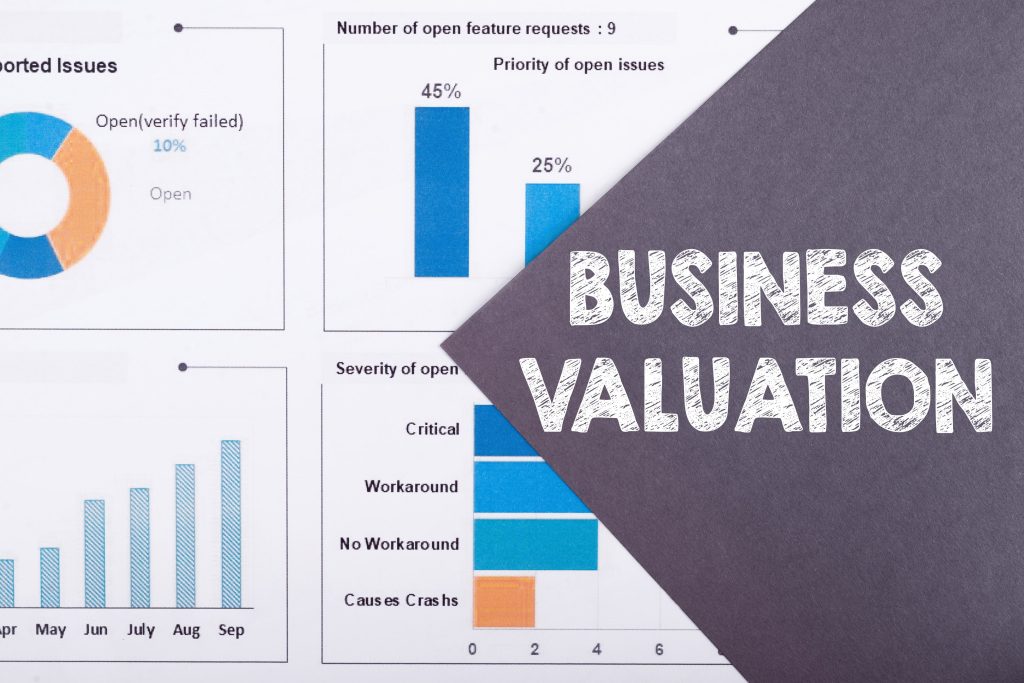I remember standing on the manufacturing floor of my wire harness company during the COVID pandemic, taking it all in: the hum of machines, the focus of our team, and the weight of uncertainty in the air. I found myself wondering: “Was I just burned out, or was it finally time to get serious about preparing for a sale?”
Like many of you, I spent decades building my company, navigating recessions, supply chain disruptions, and evolving market demands. But nothing compared to the challenges of the pandemic. Despite the uncertainty, our team rallied. We pivoted quickly, supporting ventilator production and the development of cold-storage sensor cables for vaccines. We adapted and we endured.
That experience made one thing clear: I was ready to transition. Emotionally, I was prepared. But practically, the business wasn’t yet positioned to maximize its value in a sale. I gave myself some time to make that change.
That process forced me to take a hard look at what truly creates value in a wire harness business, and where, too often, owners leave money on the table. It changed the way I thought about selling. That experience led me to my second chapter: helping other founders prepare for a sale with fewer missteps and more clarity. And as of June 2025, I’ve taken that commitment even further by acquiring 100% ownership in Blue Valley Capital.
Why We Created HarnessPoint
At Blue Valley Capital, we are offering HarnessPoint to complement our sell-side advisory services. HarnessPoint is a structured exit readiness program designed specifically for wire harness and cable assembly business owners planning to sell within 1 to 3+ years.
This program isn’t built on theory; it’s built on firsthand experience and conversations with dozens of founders across the industry. While every business is different, three areas consistently determine whether a company commands full value in the eyes of a buyer:
- Building Your Margin Narrative
- Clarifying Capital Expenses
- Mapping Growth to Enterprise Value
1. Building Your Margin Narrative
Revenue growth alone doesn’t impress buyers, especially sophisticated strategic or private equity acquirers. What they want to see is profitable growth and a clear path to margin expansion.
One client I spoke with had years of top-line growth but was stuck in several low-margin contracts. By shifting focus to higher-margin verticals, specifically aerospace and medical, they were able to reposition their EBITDA margin trajectory from 10% to 15%. That story resonated with buyers and led to a fair amount of interest.
Practical steps:
- Break down margins by customer and product line.
- Highlight margin improvement strategies using real-world examples, like new contracts, customer wins, or operational efficiencies.
2. Clarifying Capital Expenses
Buyers scrutinize CapEx decisions. Vague justifications like “we needed new equipment” don’t cut it. They want a clear rationale showing how your investments drive efficiency, scalability, or margin improvement.
In one case, a founder had invested heavily in automation and worried it would lower the valuation due to reduced free cash flow. But when he reframed the investment, demonstrating 25% productivity gains, reduced labor dependency, and shorter lead times, it became a competitive advantage. The buyer saw it as a head start, not a liability.
Practical steps:
- Document the ROI on all major capital investments.
- Link capital expenditures (CapEx) to improved margins, throughput, or customer satisfaction.
3. Mapping Growth to Enterprise Value
One of the most common mistakes I see is when founders showcase revenue growth without explaining its strategic value. Buyers aren’t just buying growth, they’re buying market position, defensibility, and predictability.
One East Coast wire harness company had recently entered the EV market and secured multi-year contracts. Initially, they assumed the numbers spoke for themselves. They went further, demonstrating how this move reduced customer concentration risk, expanded the total addressable market (TAM), created a competitive moat, and positioned them in a high-growth sector. The result? Buyers quickly saw the upside.
Practical steps:
- Frame growth through a buyer’s lens: market expansion, recurring revenue, and risk mitigation.
- Build a narrative that connects growth directly to valuation, not just to sales.
From Operational Success to Exit Success
Looking back, I wish a program like HarnessPoint had existed when I was preparing to sell. I arrived eventually, but the learning curve was steep, and I learned some valuable lessons.
If you’re thinking about selling, now is the time to start preparing. At Blue Valley Capital, we don’t just understand M&A, we understand this industry. We know what makes a wire harness business valuable and more importantly, what makes it sellable.
Through HarnessPoint, we help founders:
- Craft a compelling margin narrative
- Articulate capital efficiency with clarity
- Map growth directly to enterprise value
Selling your business is one of the most important decisions you’ll ever make. Don’t let a lack of preparation cost you what you’ve spent a lifetime building.
Let’s ensure you don’t just sell, let’s ensure you capture the full value of what you’ve built.
HarnessPoint by Blue Valley Capital
Prepare today. Capture the value tomorrow.


